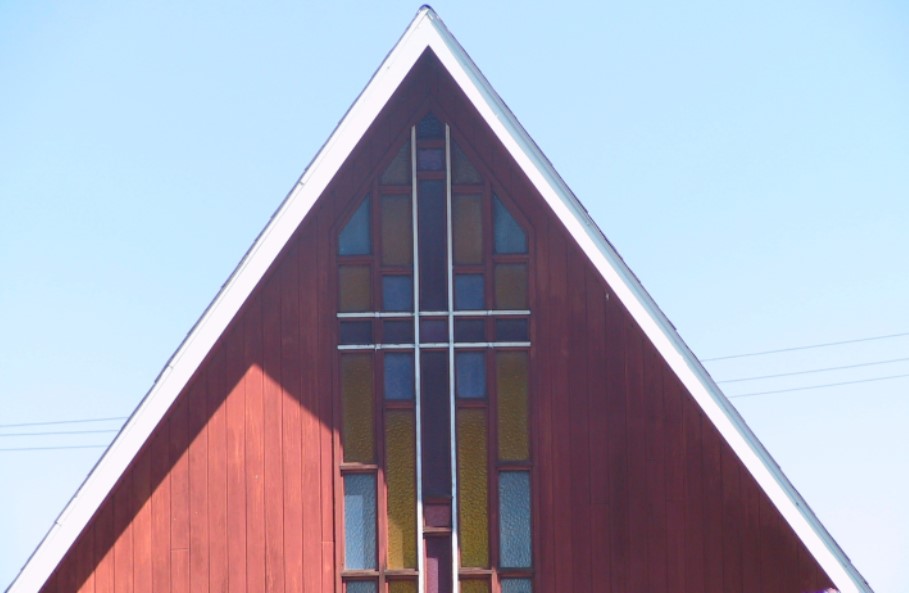Holy Week Services
As Lent winds down, we begin to look forward to the celebration of Easter. However, before Easter Sunday comes the holiest week of the year with services leading up to the celebration of our Lord’s resurrection. I would encourage everyone who is able to attend all of our Holy Week services or as many as possible. In one way the Triduum (the three services from Thursday to Saturday) are one long service, leading up to Easter Sunday celebrations. Participating in these services provides a unique experience one misses out on by going simply from Palm Sunday to Easter Sunday
Palm Sunday—Sunday of the Passion
This service is actually in two parts. It begins with a procession with palms as a prelude to the service, thus the title, Palm Sunday. This tradition is as old as the fourth century and appears to have originated in Jerusalem. It remembers Jesus’ triumphal entry into Jerusalem, with the crowds waving palms and praising him as he rode in on a donkey. The gospel account of the Triumphal Entry is read. The second part of the service focuses on Jesus’ passion and death, and we are reminded how quickly the crowds who shouted His praises on Sunday called for his death on Friday. An important aspect of this service is the reading of the Passion from the appropriate Gospel for that year, which recounts the story of Jesus’ betrayal, trial, suffering and death. Because the reading is so long, typically a sermon isn’t preached on that day, or at the most a brief homily is given—in part not to detract from the power of the Gospel account.
Maundy Thursday
Before the fifth century there doesn’t seem to have been services on Monday, Tuesday or Wednesday of Holy Week or an attempt made to reconstruct liturgically the day-to-day chronology of the week. Thus the emphasis fell, as it did in the Gospels on the Sunday of the Passion and the Triduum the three sacred days of Thursday, Friday and Saturday—seen as one celebration—in which the central events of our faith are celebrated. So, the services of Thursday, Friday and Saturday are best understood as three sections of one long service, rather than three separate events.
The name “Maundy Thursday” comes from the latin mandatum which means command, recalling Jesus’ new commandment to the disciples to love one another as he loved them.
The order of this service is slightly different than usual. The service on Ash Wednesday, several weeks earlier, began with an extended confession of sins, and the absoltuion was delayed until Maundy Thursday. This service begins with the sermon, which concludes with an invitation to confession with absolution and the sharing of the peace. In this way the season of pentitence comes to a close and the last three days of Lent begin.
After Holy Communion has been celebrated, Psalm 22 is read while the altar is stripped. Removing the paraments, candles, cross etc. from the front of the church and drapping the altar, pulpit and lectern in black is a powerful symbol to remind us of Jesus’ crucifixion and death. Once this has been completed, the congregation leaves. There is no benediction or postlude, thus in a sense this service doesn’t end but continues the next morning.
Good Friday
With the front of the church stripped and drapped in black, the pastor also vests as plainly as possible, often in just a black cassock. In the larger Christian tradition, Holy Communion is not celebrated on Good Friday but it is in some Lutheran congregations. The tone of the service is austere and quiet, with little singing or music. The focus of the readings is the Passion according to St. John. Again, because this is such a lengthy and powerful reading, if a sermon is preached it is short. Another feature of the Good Friday liturgy is the Bidding Prayer, for the whole family of God. It is a long prayer, including silences for meditation and personal intercessions.
As the liturgy concludes, again there is no benediction, rather there is more of an inerlude until Easter Vigil which takes place the next night.
Easter Vigil
This final liturgy of the Triduum begins with the congregaiton gathered outside (or in the narthex, depending on the weather). Individuals are given lit candles and led by the pastor (or someone else) carrying the paschal candle process into the darkened church. The light of the candles anticiapting the light of the risen Christ. The Easter Proclamation, an ancient hymn of praise to God, is sung by the pastor or assistant. As this is being sung, other candles can be lit around the church or the lights gradually turned on.
The focus of the service now shifts to a series of readings. Traditionally there are 12 (varying in length) but it is acceptable to do four. Following the readings there is a remembrance of baptism, where those in attendance come to the font and receive the sign of the cross with water and and exhortation to remember the promises made to them by God in their baptism.
Holy Communion follows and when done, the service is finished and congregants leave in expectation of celebrating Christ’s resurrection the next morning.
In conclusion, I’d encourage you to attend as many of the services of Holy Week as possible. It’s one of those things that is hard to understand its importance until you have experienced it for yourself—and I say that from personal experience. It wasn’t until I was on internship in 1998 that I had opportunity to attend all the serivces and as a result had a fuller experience and understnading of Jesus’ death and resurrection.
God Bless

